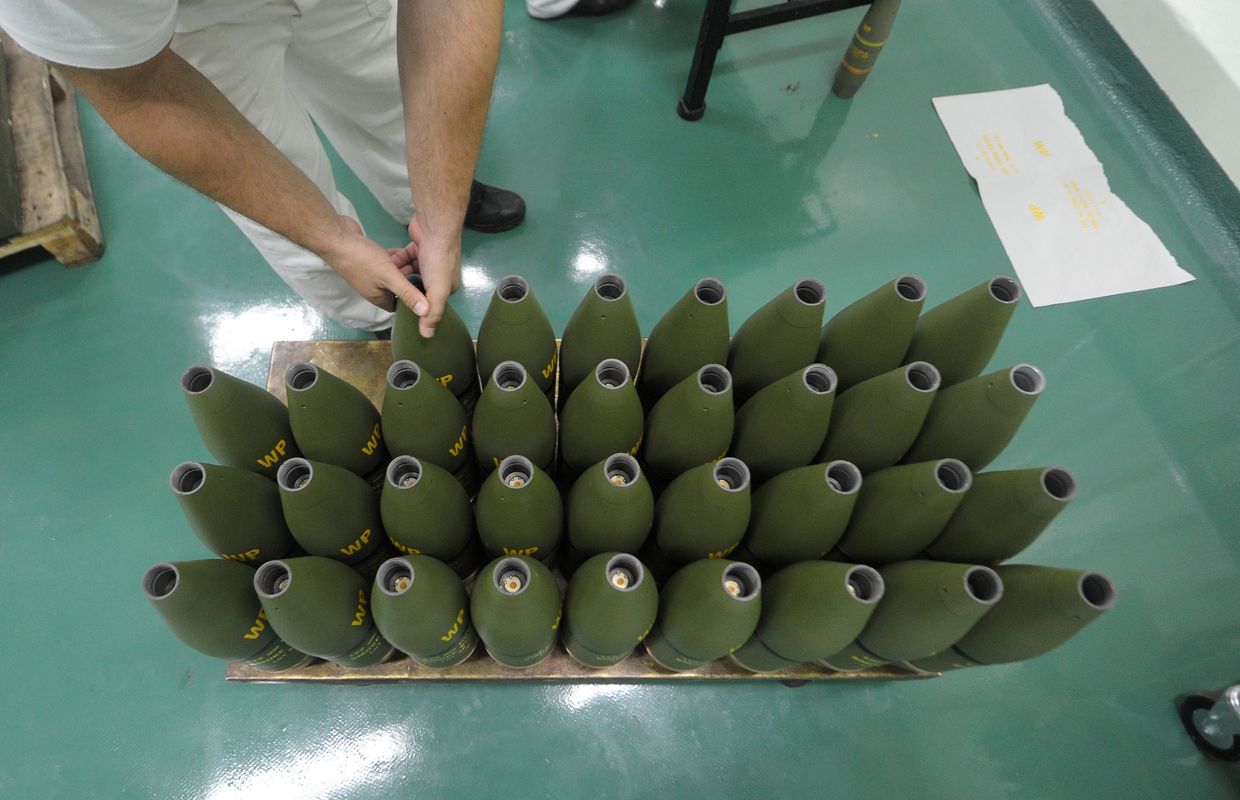Circle Surges 200% In IPO Debut. Is It Still A Buy? originally appeared on TheStreet.
After pulling out of prior attempts to go public, USDC stablecoin issuer Circle has finally hit the big board. And judging by its opening day, demand was through the roof.
Circle saw shares price well above its initial range at $31 and once trading began on the New York Stock Exchange under the ticker CRCL, shares opened at $69, more than doubling out of the gate. At one point, they even traded as high as $103.75 — a jaw-dropping 234% surge from the IPO price.
So yeah. Things went well. But is this as good as it gets?
There are more than a few reasons to be cautious about its path forward. Especially if you're thinking about buying in now.
Let’s start with what Circle is: Less than one half of the global stablecoin duopoly. Tether controls about 60% of the market, while Circle's USDC hovers around 25%. Despite years of growth and a major partnership with Coinbase, USDC hasn’t gained meaningful ground against Tether in recent years.
Part of the problem? There’s no real moat when it comes to issuing digital dollars. New stablecoins are entering the market every day — including one tied to Donald Trump’s campaign. His USD1 stablecoin launched with Binance is already threatening to eat into USDC's mindshare.
And while USDC has earned its spot through transparency and compliance, that comes at a cost. Literally.
Circle's latest S-1 filing reveals just how expensive it is to be Coinbase’s best friend. Distribution and transaction costs surged 68.2% year-over-year in Q1, outpacing revenue growth. That’s largely due to the structure of the partnership, in which Circle pays Coinbase a hefty slice of its earnings to get USDC listed and supported across major venues.
That relationship has helped Circle scale — but it’s also an albatross. The better Circle performs, the more it owes Coinbase. And while net income rose 33% to $64.7 million in the quarter, up from $48.6 million a year prior, its not without its capped upside.
Circle’s reserve income — derived mostly from interest on the Treasuries backing USDC — rose 55.1% to $557.9 million in Q1. But that income stream is expected to drop as interest rates fall. If the Fed cuts rates in the second half of the year, Circle’s primary moneymaker could take a hit.
There is also this weird disconnect in crypto. As a centralized stablecoin issuer that hasn't embraced Bitcoin or crypto the same way Tether has, Circle is not exactly a shining example of what the space represents.
Unlike Terra, which famously gave its users a (brief) taste of upside, or Ethena's synthetic dollar, USDC holders don’t really share in any of Circle’s gains.
.png)
 German (DE)
German (DE)  English (US)
English (US)  Spanish (ES)
Spanish (ES)  French (FR)
French (FR)  Hindi (IN)
Hindi (IN)  Italian (IT)
Italian (IT)  Russian (RU)
Russian (RU) 







Comments